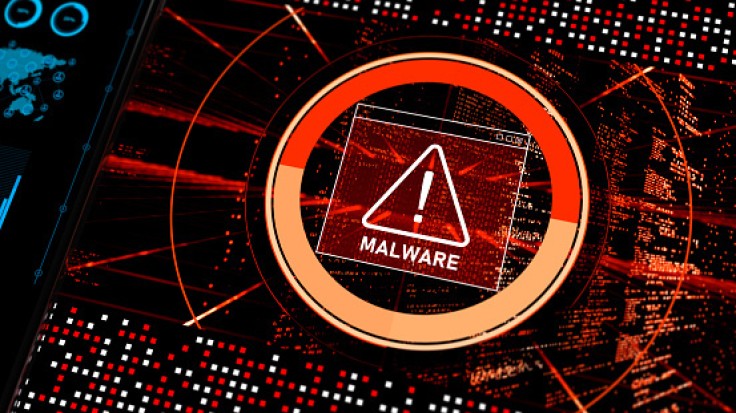The internet is a great source for the kinds of information or entertainment you might want or need. You'll have access to the vast trove of media and texts and even download those files to your PC. However, if you're not careful, you might get unwanted files that can destabilize your system or steal your data. Here are ways your device can get infected with malware.

1. Social Engineering Attacks
This is perhaps one of the most common methods threat actors use to infect your device with malware. They will manipulate you to perform actions such as downloading certain apps to solve your PC or smartphone's issues or clicking on links that will prompt the download of an infected file. Always check on the credibility of the person you're talking to or asking for help from.
2. Hacked Websites
No matter how legitimate a website is, it can still be compromised by hackers. In some cases, even government websites are affected by this. Cybercriminals inject malicious code into websites that you will unknowingly click. Unfortunately, there's no way of knowing when a website has been hacked until the operators announce that it is.
3. Infected Files Online
This is where good antivirus software comes in handy. It's hard to tell whether a file has been infected or not. This can come from files that your co-worker sent you, or downloads that you might be pirating (we've all done it once or twice). It's best to only download from trusted and secure websites, even if you have to pay for them.
4. Email Links
A lot of newsletters, promotions, and other sorts of information come through our email accounts. Sometimes, it's hard to track which ones are safe and which ones might be malicious. If you find a message that seems suspicious, it's best not to open it, especially if it's a bit hard to believe or far-fetched, like winning a cruise or an iPhone.
5. Fake Software
You should watch what kind of software you download and where you download them from. As said before, you should only download from trusted sites. There are even cases when threat actors disguise malicious software as security apps. Once you install these, there's a chance that the hacker will have access to your computer and all its contents.
6. Outdated Operating System
Operating system developers often update the product to provide security for newer kinds of malware that surface online. If you don't update your operating system as soon as you can, you can be vulnerable to the latest malware since you won't have the fixes and patches yet. It's worth sacrificing a few minutes of updating rather than having a bigger problem on your hands.
7. External Devices
Not all malware comes from the internet. Sometimes, it might be your friend's flash drive that has the malware and will immediately infect your computer as soon as you plug it in. The external device probably has infected files from a different device. This can happen to USB drives, external hard drives, and other file-holding devices.









